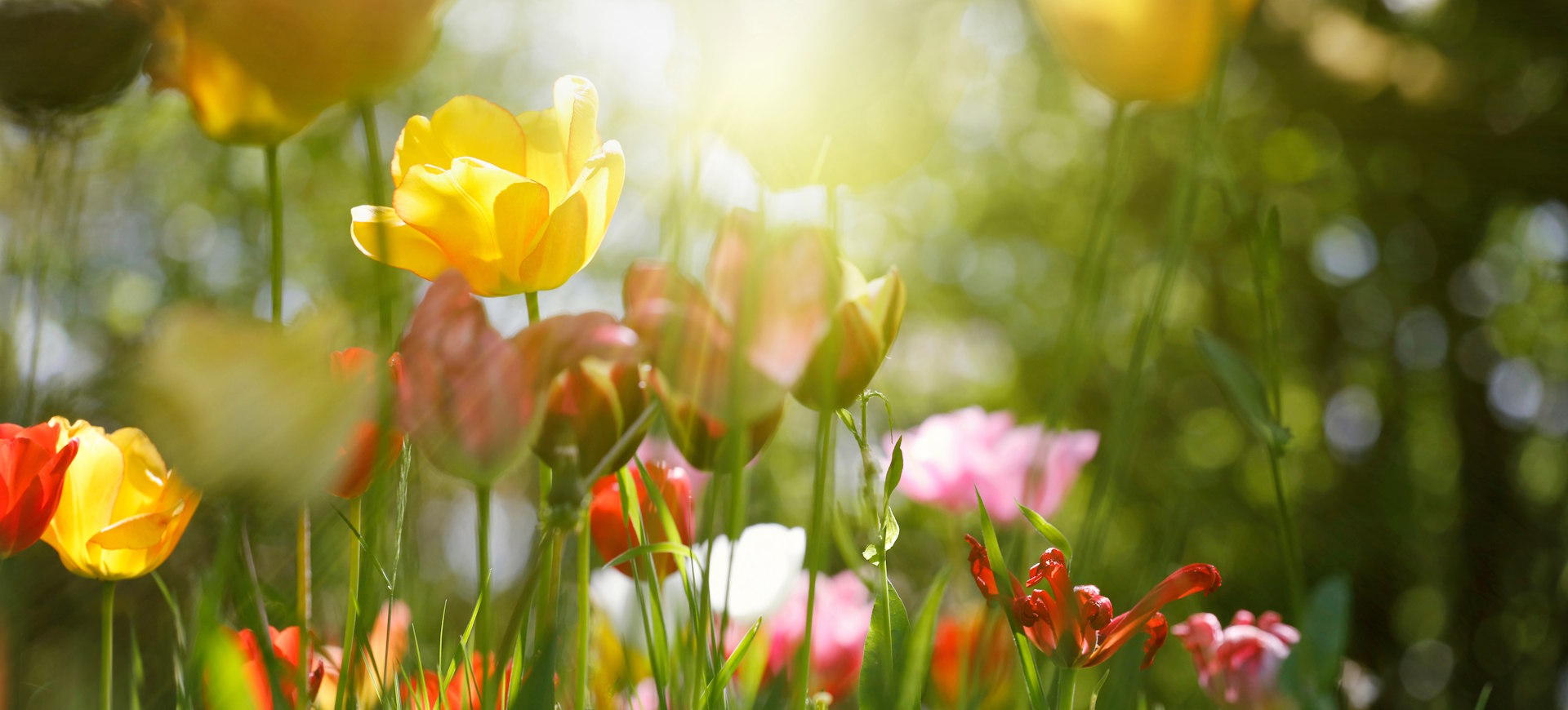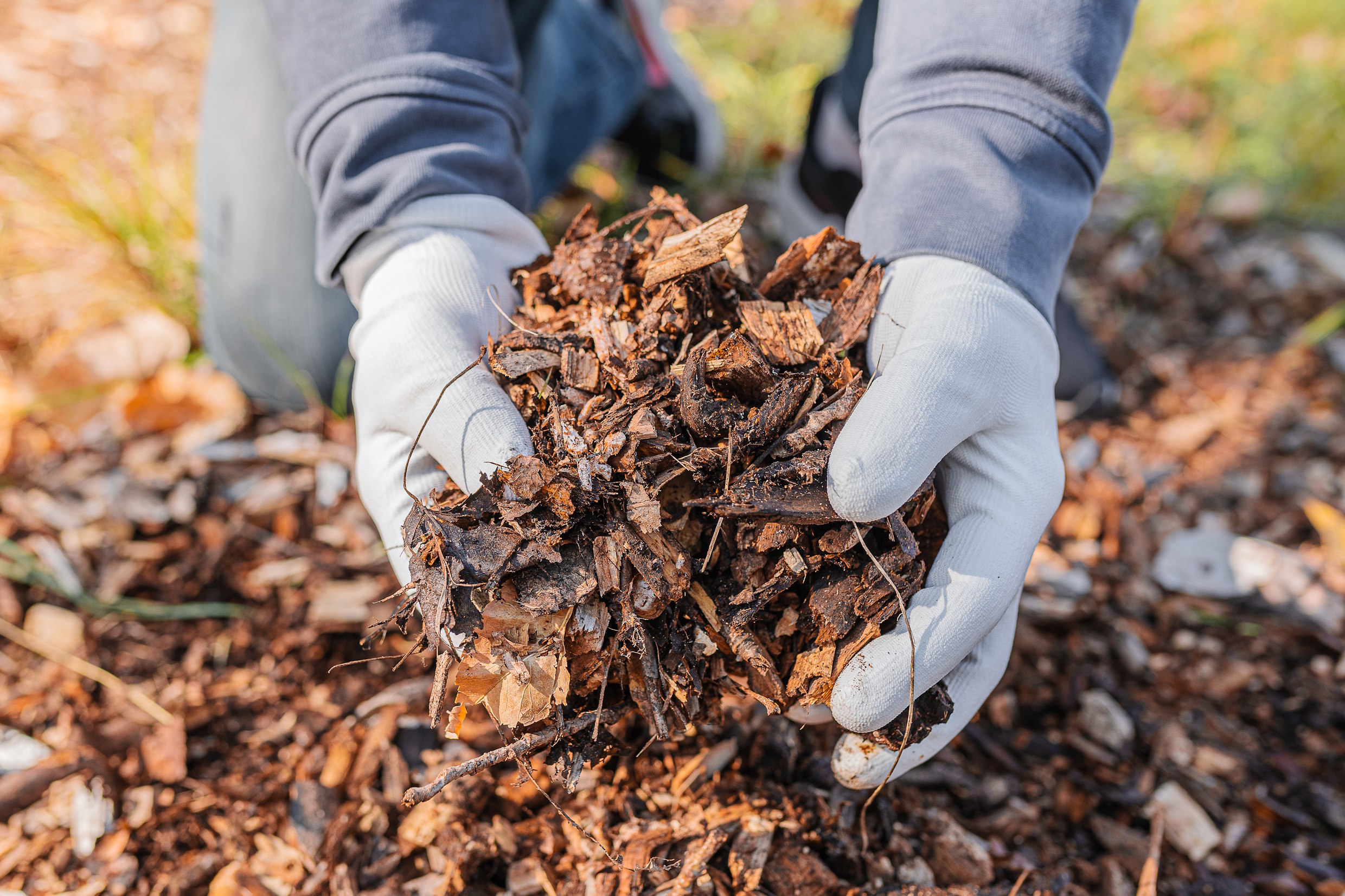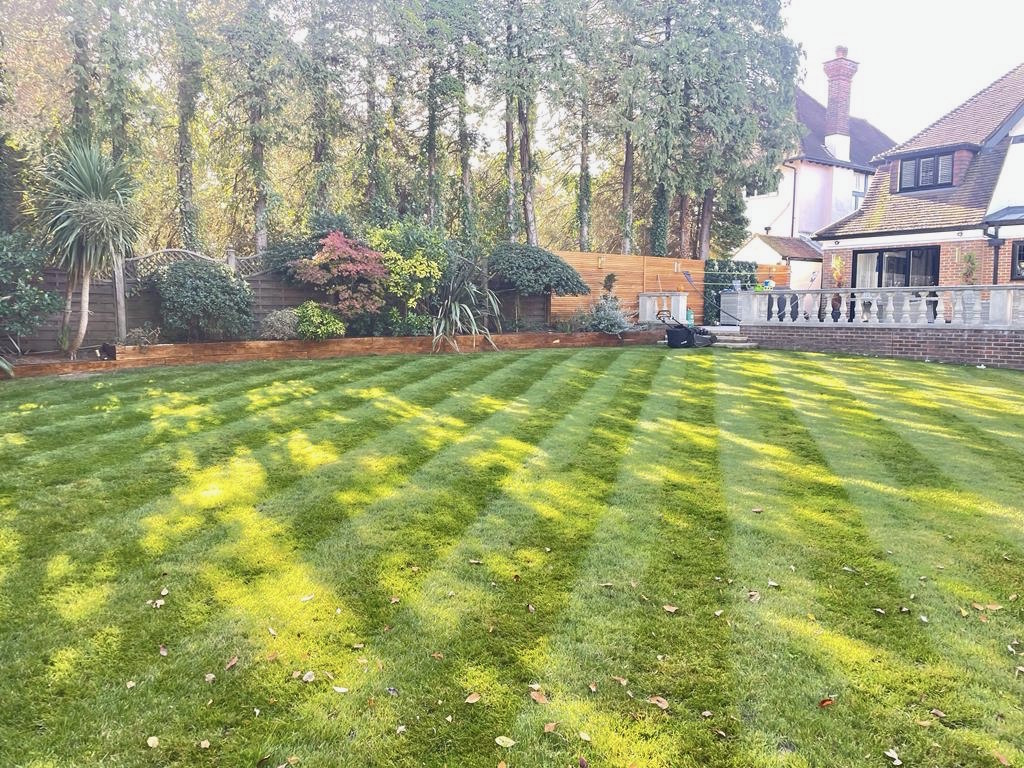Smart Gardening Tips to Beat the Heat and Keep Your Outdoor Space Lush
When summer hits and temperatures soar, your garden can quickly shift from a green paradise to a parched patch of plants struggling to survive. But don’t worry – with a few smart strategies, you can keep your garden thriving during even the hottest months of the year.
Whether you’re tending to raised vegetable beds, flower borders, or a lawn that’s starting to look sun-scorched, this guide will help you protect your garden through July and beyond.
1. Water Smarter, Not Harder
When the sun’s blazing, the instinct is to water more – but how and when you water makes all the difference.
Water Early or Late: The best time to water your garden is early morning or late evening. This helps reduce evaporation and gives plants time to absorb the moisture before the heat kicks in.
Soak the Roots: Light watering encourages shallow roots, making plants more vulnerable. Instead, give a deep soak at the base of the plant so the roots grow strong and deep.
Avoid Wetting Leaves: Wet foliage can cause fungal issues or act like a magnifying glass in the sun. Stick to watering soil directly.
Top tip: Install a soaker hose or drip irrigation system to keep water focused exactly where it’s needed.
2. Mulch Like a Pro
If there’s one trick every gardener should use in a heatwave, it’s mulching. Mulch acts like a protective barrier, helping soil retain moisture and keeping roots cool.
Use organic mulches like bark chips, compost, straw, or grass clippings around your plants.
Keep the mulch a couple of inches thick — but don’t pile it directly against plant stems.
As a bonus, mulch also helps suppress weeds, which compete with your plants for water.
3. Choose Drought-Tolerant Plants
Planning ahead makes summer gardening easier. If you’re redesigning or adding new areas, consider incorporating drought-tolerant plants.
Some heat-hardy favourites include:
Lavender
Sedum (Stonecrop)
Salvia
Thyme and Rosemary
Agapanthus
Echinacea (Coneflower)
These plants require less watering and will stay vibrant even in dry conditions.
4. Shade is Your Friend
Just like us, some plants need a break from the midday sun. Providing temporary or permanent shade can help prevent scorched leaves and stunted growth.
Use shade netting or garden fleece to protect delicate plants like lettuces or seedlings.
Plant taller crops or climbers to create natural shade for shorter, sun-sensitive varieties.
Position container plants in partial shade during extreme heat – they dry out faster than those in the ground.
5. Take Extra Care of Containers and Raised Beds
Pots and raised beds heat up and dry out faster than in-ground beds. If you’re growing tomatoes, herbs, or flowers in containers, they’ll need a little extra love.
Use larger pots where possible — they hold more moisture.
Line containers with water-retaining gel or reservoir systems.
Consider using self-watering planters for extra hot spells.
Add mulch on top of container soil to reduce evaporation.
Water container plants daily during heatwaves, and check twice a day if they’re in full sun.
6. Don’t Feed During Heatwaves
Fertilising during intense heat can stress your plants. Feeding encourages new, tender growth – which is easily damaged in dry conditions.
Instead:
Hold off on liquid feeds during very hot spells.
Resume fertilising once cooler, more stable weather returns.
If feeding is essential (e.g. for crops), do it early in the day and water deeply.
7. Install a Water Butt or Rainwater Collection System
While July may be hot, occasional summer storms can provide valuable rain. Make the most of it by installing a water butt or rain barrel.
Rainwater is softer and better for plants than treated tap water.
Collect from shed or greenhouse roofs with a simple gutter system.
Use stored water for containers and more delicate plants.
It’s an eco-friendly and cost-effective way to keep your garden hydrated.
8. Prioritise Your Plants
During a dry spell, it’s okay to focus on what matters most. If water is limited, prioritise:
Newly planted trees, shrubs, and perennials
Fruits and vegetables
Containers and hanging baskets
Established trees, lawns, and hardy shrubs can usually handle short-term droughts without permanent damage.
Final Thoughts
Keeping your garden flourishing in the heat isn’t about working harder – it’s about working smarter. With a bit of planning, the right watering routine, and clever plant choices, you can maintain a vibrant, thriving garden even during the hottest weeks of summer.
So grab that hose early in the morning, top up your mulch, and sit back with a cold drink – your garden’s got this.
Looking for help with garden maintenance during summer?
Whether you need regular upkeep, seasonal trimming, or a complete garden refresh, our team is here to help. Contact All Seasons Garden Maintenance today to book your slot before the summer rush!




